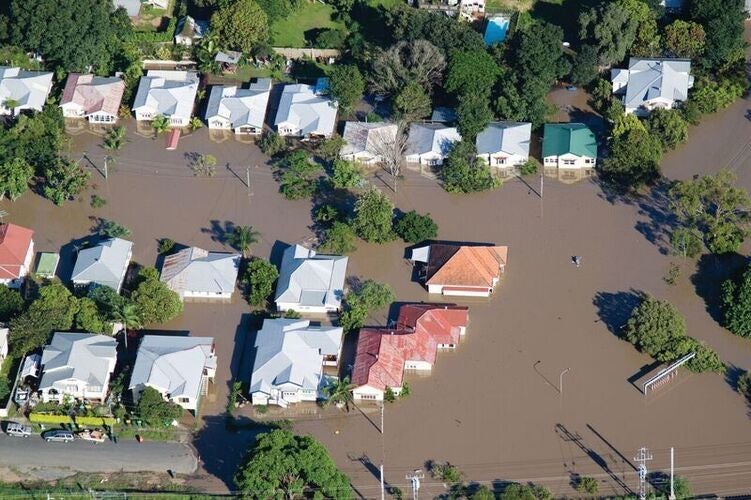Flooding remains the costliest, most deadly natural disaster in the U.S., causing more than $1 trillion in damages since 1980.
As climate change continues to fuel more intense hurricanes, sea level rise and heavier rain events, more Americans are at risk from flooding than ever before. And federal resources to protect communities from flooding are not provided to all communities equitably.
This gap in protection is a direct result of unintentional, but consequential flaws in the current cost-benefit analyses that agencies like the U.S. Army Corps of Engineers (Corps) and the Federal Emergency Management Agency (FEMA) use for flood protection projects.
Here are a few ways policymakers and coastal planners can help adjust cost-benefit analyses to expand access to flood protection and achieve more equitable results.
1. Revisit cost-sharing requirements.
When addressing flood risk, the Corps designs, builds and maintains flood protection infrastructure. However, this program requires local entities to share the cost and does not vary based on a community’s ability or inability to pay for flood protection and infrastructure projects.
Underserved communities, including low-income communities and communities of color, are often unable to easily raise funds necessary to meet both the feasibility study and the design and construction cost-sharing requirements, putting them at disproportionate risk.
The Corps and FEMA must reexamine the cost-sharing requirements and waive some or all requirements for underserved communities. This change would allow more communities to apply for federal assistance and flood protection programs and have more equitable access to protections.
2. Redefine what ‘underserved communities’ means.
Underserved communities face significant barriers to receiving flood protection as a result of decades of overly restrictive policies that leave many without crucial infrastructure and flood protection funding.
For example, FEMA’s Building Resilient Infrastructure in Communities program relies on a narrow definition of small, impoverished communities — one with 3,000 or fewer individuals that is economically disadvantaged, as determined by per-capita income, unemployment and other criteria established by its state.
This definition leaves many underserved communities out, such as flood-prone communities within cities, and it needs to be reexamined to become broader and more inclusive to provide investments where they are most needed.

Sea level rise and flooding threaten more coastal regions across the country. Federal agencies must rethink current risk reduction approaches to ensure they are not leaving any communities behind in the process.
3. Avoid overreliance on property values.
The emphasis on property values within cost-benefit analyses fails to take into consideration the many other environmental and recreational benefits that may come along with natural flood reduction projects.
Property values reflect current and historical inequities in lending practices, employment opportunities and wealth. This makes using property values a biased and incomplete measure of losses incurred.
Policymakers within the Corps, FEMA and agencies alike need a new approach, which could involve calculating separate analyses for people with incomes below poverty level, people who experience greater risk, people who face barriers to participation in flood hazard areas and comparing benefits with measures of equity before project selection.
4. Adjust cost-benefit ratio thresholds.
Some low-income communities are exposed to higher flood risk and are more likely to lose their wealth and livelihoods following a flood event.
The current USACE methodology disadvantages lower-income communities by assuming a dollar holds the same value from household to household.
To provide a more equitable solution, coastal planners could waive the requirement for low-income communities in specific circumstances, allowing them to apply for and receive federal flood protection.
It’s time to shrink America’s flood risk gap and find solutions that offer equitable flood protection. Share on X5. Emphasize natural infrastructure alternatives.
Natural infrastructure like barrier islands, marshes, mangroves and reefs work in tandem with hardened infrastructure, such as levees, to mitigate impacts from sea level rise and storm surge.
Research shows that natural infrastructure projects deliver a wide range of advantages while benefiting ecosystems and wildlife habitats.
The emphasis on property values within cost-benefit analyses fails to take into consideration the many other environmental and recreational benefits that may come along with natural flood reduction projects.
It’s time to shrink America’s flood risk gap and find solutions that offer equitable flood protection. Systemic inequities compound underlying risks and drive disproportionate impacts from climate change to underserved communities. Closing this gap will take time, must be driven by the affected communities, and must be a priority for policymakers and coastal planners to achieve equity and build resilience for all communities.









